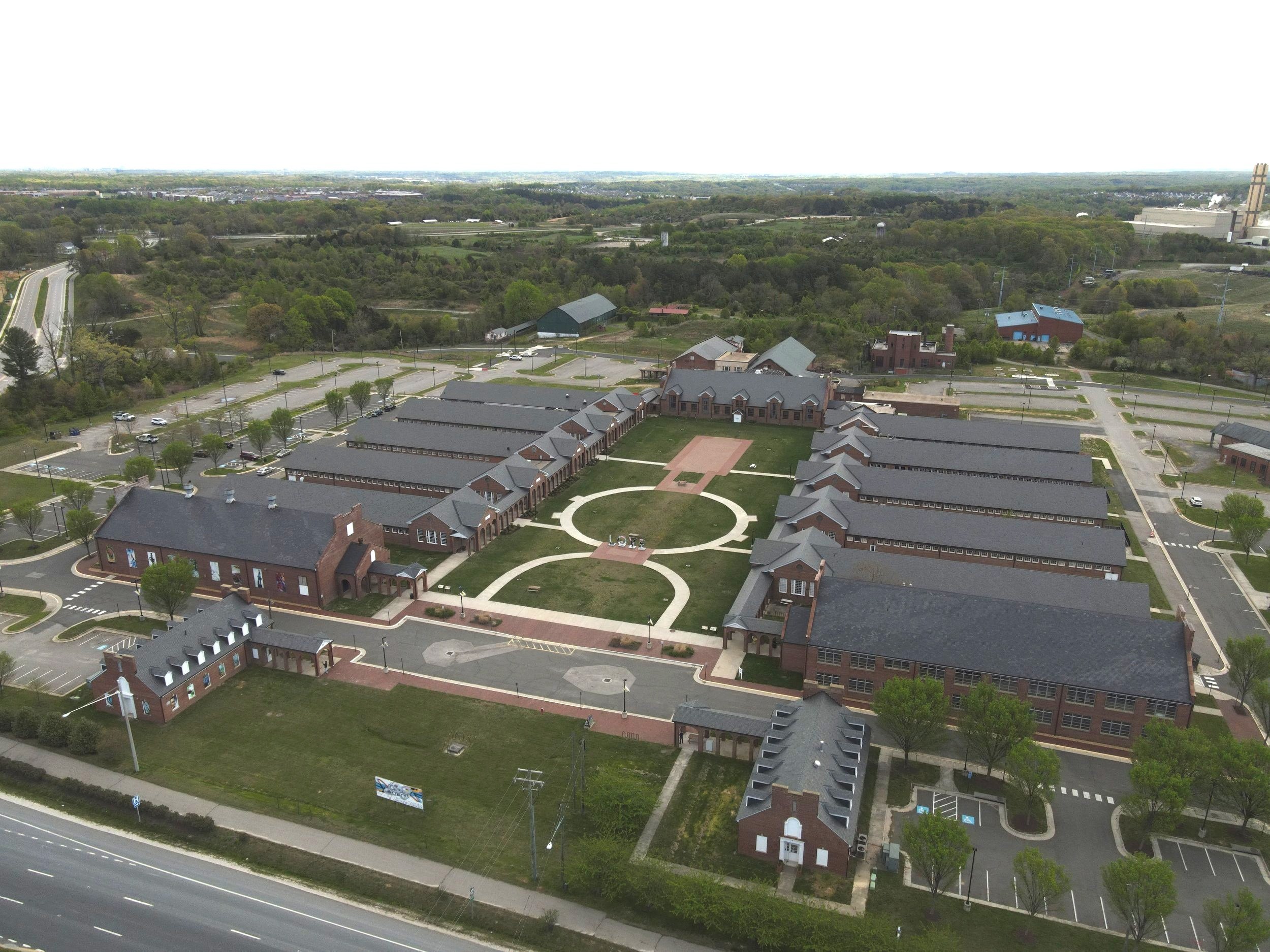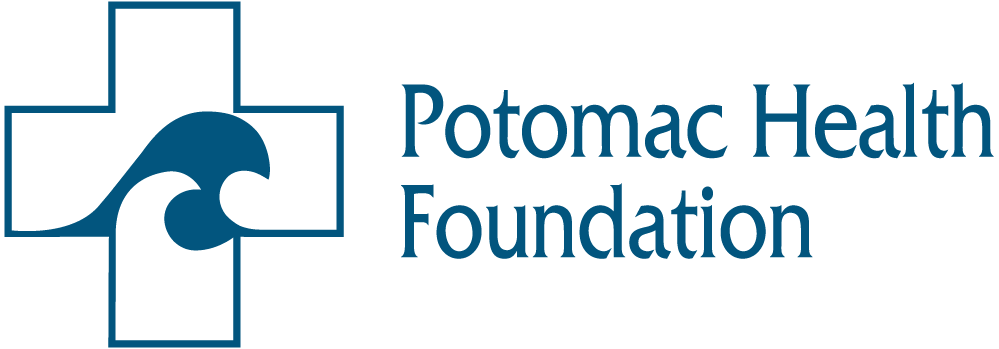
Mission, History & Future
Our Mission
The Workhouse Arts Foundation helps to grow and support a vibrant arts center that offers engaging opportunities and inspiring experiences in visual and performing arts, education classes, historical perspective, community engagement, and personal enrichment.
Workhouse Receives ArtsFairfax Jinx Hazel Award!
History
President Theodore Roosevelt, at the turn of the twentieth century, appointed a penal commission to investigate the over-crowded and unsanitary conditions at the District of Columbia Jail. Based upon the penal commission’s recommendations, Congress approved the purchase of a 1,155-acre tract of land north of the Occoquan River, and the Occoquan Workhouse was created. It later became known as the Lorton Correctional Complex or the Lorton Reformatory.
The first prisoners arrived in 1910 and their initial task was to build wooden structures to house themselves. In the 1920s, the prisoners replaced these buildings with brick structures using bricks manufactured by themselves at the on-site kiln complex.
The prison was, for much of its history, an agricultural work camp. Intended to be self-sufficient, the prison developed extensive agricultural operations: cultivated fields; pastureland; an orchard/cannery; a poultry farm; hog ranch; slaughterhouse; dairy; blacksmith shop, and a sawmill. Along with all of these functions, it also contained feed, hay, and storage barns.
By the late 1980s, the prison was known more for its over-crowding and disorganization than for President Roosevelt’s rehabilitation program, becoming representative of the nation’s difficulties with correctional facilities. Federal legislation enacted in 1997 required the prison to be closed by December 31, 2001, with the last prisoner leaving in November of 2001. In 2002 the land was sold to Fairfax County for $4.2 million dollars, with the understanding that the land was to be used for open space, parkland, or recreation use.
A group of community leaders proposed a plan to transform a 55-acre portion of the former prison facility into a cultural arts center. The Fairfax County Board of Supervisors approved the rezoning in July of 2004, and the Workhouse Arts Center was born. A year later, the site was nominated to the National Register of Historic Places. After several years of planning, adaptive reuse and rehabilitation of the historic buildings, the Workhouse Arts Center opened to the public in September 2008.
Lorton Reformatory pre-1920s. Originally published by Hornbaker & Ledman, Occoquan, VA
An inmate processes dairy produced at the Workhouse
Campus Renovations and Future Plans
The Workhouse Arts Foundation, Inc. and Fairfax County have exciting plans for the total realization of the 2004 Workhouse Arts Center initial concept.
In early 2022, Fairfax County began a restoration process for two campus buildings, known as W13 and W15, and the construction of a new outdoor promenade between the two buildings. In late 2023, the promenade, including outdoor seating, was completed. For the first time in the Workhouse Arts Center’s history, Fairfax County leased Building 13 to a commercial entity - and in June 2024, Bunnyman Brewing Cafe opened its doors to the public!
Plans for the occupancy of building 15 include a possible a restaurant or coffee shop. For more detailed information about this exciting development please see: https://www.fairfaxcounty.gov/publicworks/capital-projects/workhouse-campus-buildings-w13-and-w15
The Workhouse Arts Foundation, Inc. is working with Fairfax County on a Master Campus Planning process to ensure that initial vision of the entire Arts Center is still viable. That initial plan envisioned, in addition to the currently occupied visual and performing art components, a vibrant arts complex that would include an amphitheater, a professional theatre, an event center and an education center. Stay tuned for more information on the Master Campus Planning process.
Bunnyman Brewing Cafe opened its doors to the public in June 2024

Support the Workhouse Arts Center
The Workhouse Arts Center, a project of the Workhouse Arts Foundation, raises funds to fuel inspiration and provide engaging, multidisciplinary community arts experiences for more than 100,000 visitors every year. Make a tax-deductible contribution to support Workhouse and its programs today!
Workhouse Arts Foundation is grateful for the support of the following partners:










